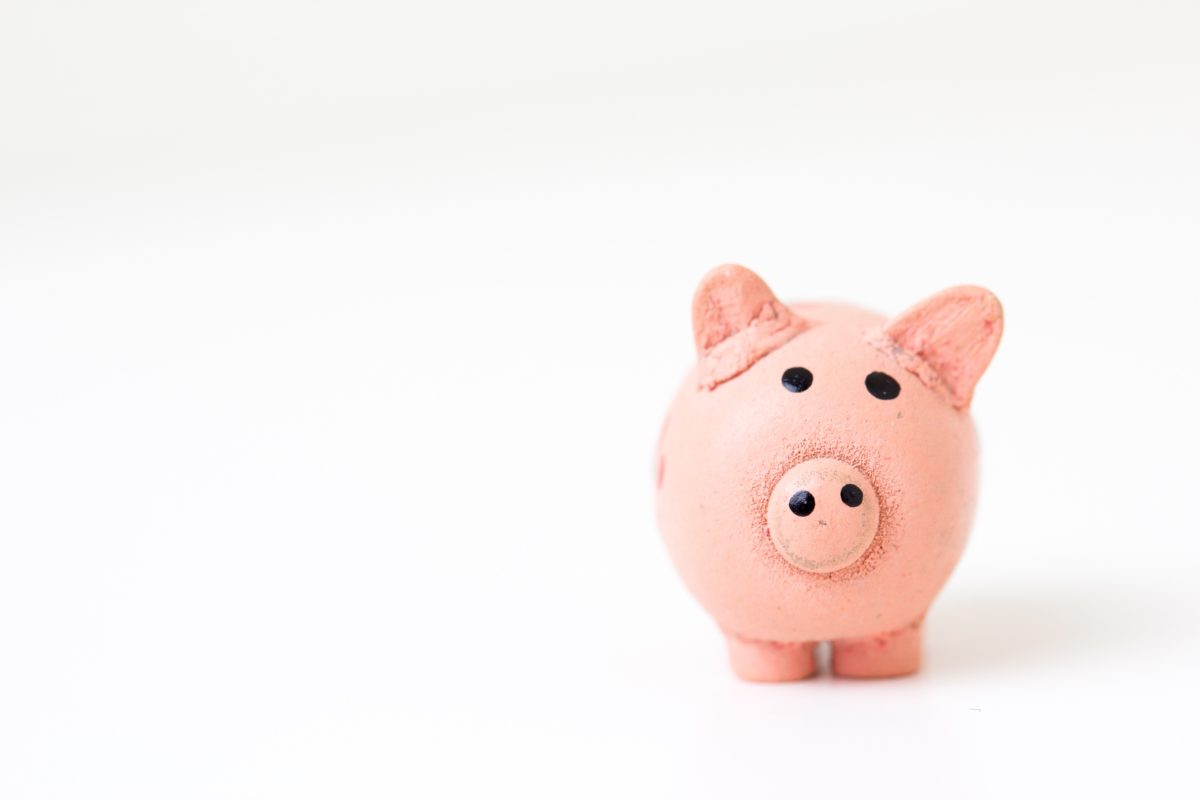Cryptocurrency. Bitcoin. Litecoin. Altcoint. Ethereum. ICO. Blockchain. Hashrate. Hashpower. Proof of work. Proof of stake. Mining farms.
Seemingly overnight, the world is ablaze with these strange, alien buzzwords. Enough of them to overwhelm even the biggest of tech heads. But what do they mean? What is cryptocurrency anyway? And what does it mean for the world? For you?
Indeed, we’re currently in the midst of a revolution. A revolution the likes of which we may not have seen since the industrial revolution. Or since Galileo proposed that the Earth in fact revolves around the sun. In any case, the complexity of this revolution far exceeds any other hitherto. And unlike with the others, we cannot reduce it to the mere advent of the assembly line, or a simple heliocentric reordering of the solar system. At first glance, at least, the mechanics underlying this new technology can appear to be far out of grasp of the average person.
However, its effects will certain be felt by the layman. Perhaps more than anybody else.
Which is why I’d like to present to you:
The Layman’s Guide to Cryptocash
So, what is cryptocurrency anyway?
Before we can begin answering that, perhaps we should ask a more basic question first:
What is currency?
The short answer: it’s a store of value.
Think of it this way. Before the advent of paper money, humans transferred value by means of shiny metals. Typically gold, but also silver. Why? Because it’s a rare metal. And it’s finite. The Earth isn’t producing gold or silver anymore. What’s there is there. So humans, by consensus, agree to endow it with value. However, as trade expanded beyond the tribe, the village, the hamlet, lugging around big sacks of bullion wasn’t exactly practical nor feasible. Imagine having to pour out a sack of gold and carefully weigh it out on the counter at 3AM on a Saturday night in McDonalds just to get a BigMac. So we invented coins and the dolla-dolla bill. Originally, these were meant to represent gold stored under your name in a facility somewhere. We called those facilities banks. So effectively, handing over two bucks was a simplified means of transferring that same value of gold from your bank to their bank.
Flash forward a few centuries and the dollar was removed from this gold standard. Effectively it became whatever the market (called Forex) valued it at. And this could fluctuate wildly. Combined with fiat printing, whereby the government could order money to printed, none of which had any gold to support it, suddenly the dollar began to experience inflation, deflation, stagnancy and worst of all, existential meaninglessness.
Which is where the first cryptocurrency, Bitcoin came in.
Some people refer to it as “digital gold.” And for good cause. For starters, it’s finite, just like its metallic cousin. By design, there can only be 21 million Bitcoins in existence. No more, no less. And it is estimated they will have been all “mined” by 2140. And much like gold, humans have agreed, again by consensus, to give it value. The rapid rise in its value over the course of its life, but especially in 2017, is a testament to this, as is the CME Group’s (“the world’s leading and most diverse derivatives marketplace”) decision and the U.S. Securities and Exchange Commission’s clearance to begin trading Bitcoin futures.
Ok, we get it. It’s the gold of the 21st century. But how in the world does it work? Don’t we need governments and banks to make money work?
 This is the revolutionary aspect of Bitcoin and cryptocurrency in general. It is a decentralized currency reliant on no bank, no government, no central authority. It is entirely controlled by those who use it. In fact, more than a revolutionary aspect, it the absolute essence of cryptocurrency.
This is the revolutionary aspect of Bitcoin and cryptocurrency in general. It is a decentralized currency reliant on no bank, no government, no central authority. It is entirely controlled by those who use it. In fact, more than a revolutionary aspect, it the absolute essence of cryptocurrency.
Think of this way: Every single user of bitcoin has a ledger. On that ledger is a balance sheet for every user, indicating how much they’ve spent, to whom they’ve given it, how much they have made, from who it was given, and the ultimate balances. Because of the underlying technology of Bitcoin called the blockchain, that ledger can never be fraudulently altered. Because of its decentralized, public nature, it is impervious to manipulation. As all users have a stake in maintaining an accurate ledger, the ledger cannot be altered without the agreement of all users. And you can bet anyone holding a stake in Bitcoin (or any other cryptocurrency) will want to maintain its integrity. After all, that’s their digital gold we’re talking about here. That holy, infallible ledger, the blockchain, in fact, is Bitcoin. That’s it. A ledger with a complete accounting of all users’ wealth and all transactions since its inception.
Another unique aspect of this ledger is privacy. It is based on wallet addresses rather than names, meaning transactions can remain anonymous, unlike with credit cards and bank accounts which are directly linked to your name and physical address.
Alright, so maybe I should pick up some of this crypto stuff. But where do I start?
 Before jumping in head first, I advise you to do a little research. While Bitcoin is perhaps the most popular – and successful – of cryptocurrencies, the last couple years have seen the rise of countless more. Scope a few out and see which one, based on its trends, behaviors and promises might work the best for you in terms of how much you want to invest and how long you want to ride it out.
Before jumping in head first, I advise you to do a little research. While Bitcoin is perhaps the most popular – and successful – of cryptocurrencies, the last couple years have seen the rise of countless more. Scope a few out and see which one, based on its trends, behaviors and promises might work the best for you in terms of how much you want to invest and how long you want to ride it out.
Looking to make some quick money with a large invest? Perhaps Bitcoin is the best. Looking to invest a small amount that may pay off in the long term? Check out some of the “altcoins” like Ethereum or Litecoin.
Also, be cautious here. Many new “coins” are pump-and-dump penny stock scams. This is why research is necessary.
Alright, Kev, I’ve done my homework and I know what I want. Where do I go shopping?
 I recommend Coinbase for its ease of use and security. There are other exchanges, but this is the biggest and most user-friendly. You have two different methods here. You can link your bank account, transfer money into your Coinbase account and once it has arrived, start purchasing away. However, this is a rather slow method. Perhaps the price has dipped and you want to purchase immediately. Can’t be wasting a couple days waiting for that transfer to come in. Bargains usually only last for a matter of minutes or hours.
I recommend Coinbase for its ease of use and security. There are other exchanges, but this is the biggest and most user-friendly. You have two different methods here. You can link your bank account, transfer money into your Coinbase account and once it has arrived, start purchasing away. However, this is a rather slow method. Perhaps the price has dipped and you want to purchase immediately. Can’t be wasting a couple days waiting for that transfer to come in. Bargains usually only last for a matter of minutes or hours.
That’s why I recommend using a debit card for instantaneous purchases. (However, for American debit card holders, there might be extra fees involved with using a debit card. It’d be wise here, especially if only investing a small amount, to weigh those fees against the money being saved during the “dips” in price.)
Another important point to remember here is that you are not required to purchase a full coin. You can spend as little or as much as you want on any coin, and receive the appropriate fraction.
Sweet! I got a nice little portfolio of Bitcoin, Ethereum and Litecoin going on now. What should I do?
 You have two options. If you’re brave and don’t require much sleep, you can transfer your coins to an trading exchange (such as GDAX) and trade them against each other, or against fiat money (the US dollar, the Euro, etc.) to turn a profit. I wouldn’t recommend this to anyone not steeped in knowledge-day trading, Forex and global economics, however, should think about it.
You have two options. If you’re brave and don’t require much sleep, you can transfer your coins to an trading exchange (such as GDAX) and trade them against each other, or against fiat money (the US dollar, the Euro, etc.) to turn a profit. I wouldn’t recommend this to anyone not steeped in knowledge-day trading, Forex and global economics, however, should think about it.
What I recommend is: Do nothing!
Hold on to them. These are all wise long-term investments.
As Warren Buffett said, “The stock market is a device for transferring money from the impatient to the patient.”
Check in on them once in awhile and watch them grow. If there are dips in the price, don’t panic. This is normal. Just keep an eye on the long term trends, and keep reading the news. Once they’ve grown to a price you’re comfortable with, you can turn them back into cash and withdraw the funds into your bank account.
But again, be patient. Even it hits a price you like, there’s a good chance it will go higher eventually. It’s ultimately up to you to decide what to do, but it’s also important to avoid the pitfalls of greed. I suppose what I’m saying here is: be ambitious but also sensible.
And one last thing: Do not invest more than you can afford to lose.
At the end of the day, this is gambling. A form of gambling that is currently working in the gambler’s favor. But that could change one day. Luckily it seems that day is currently far off (if ever incoming), but it is a possibility.
So be wise. Be patient. Be ambitious. Be realistic. Be well-read and up-to-date. Embrace the blockchain. Embrace this brave new world. And go make some cryptomoney.



